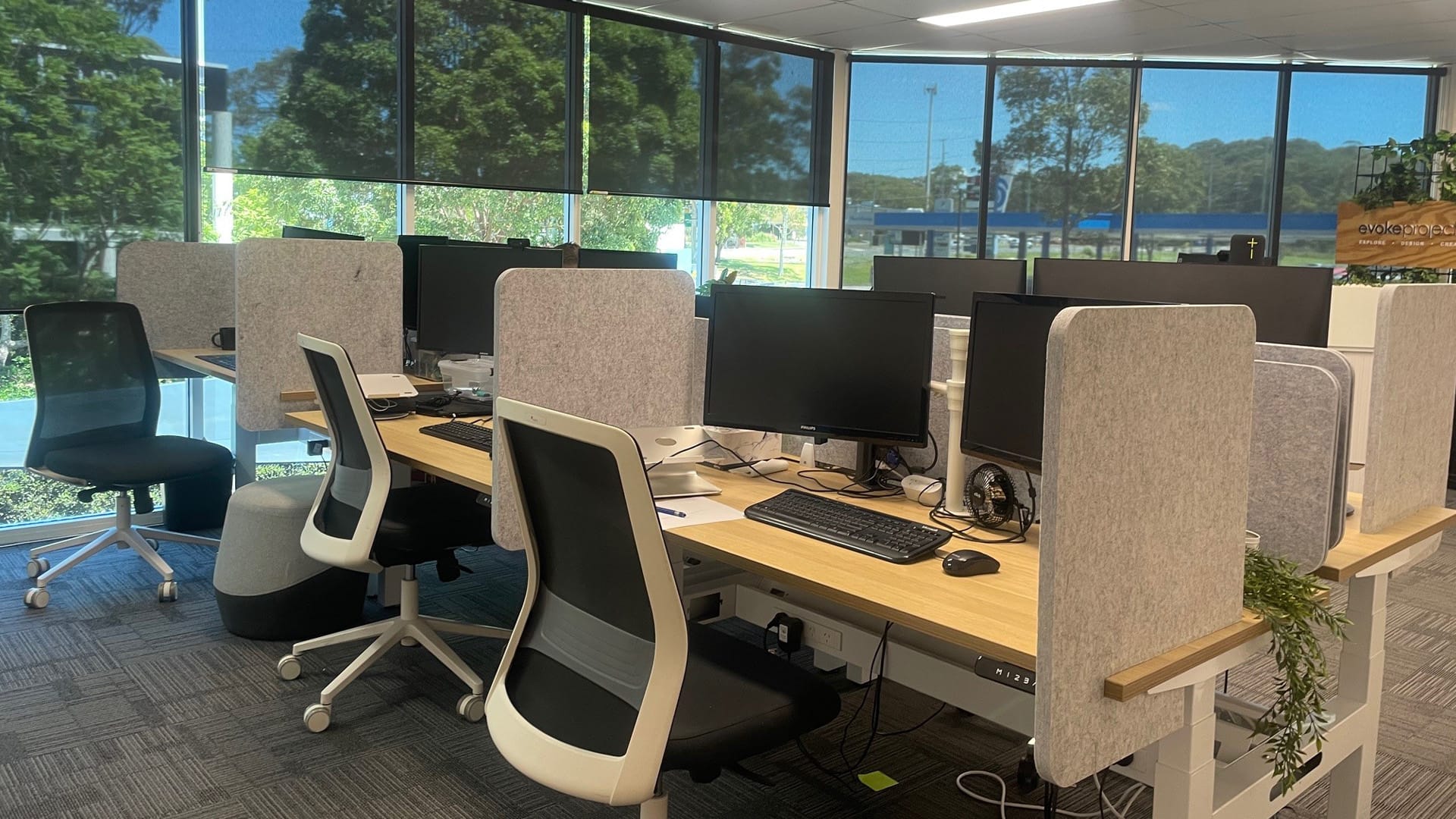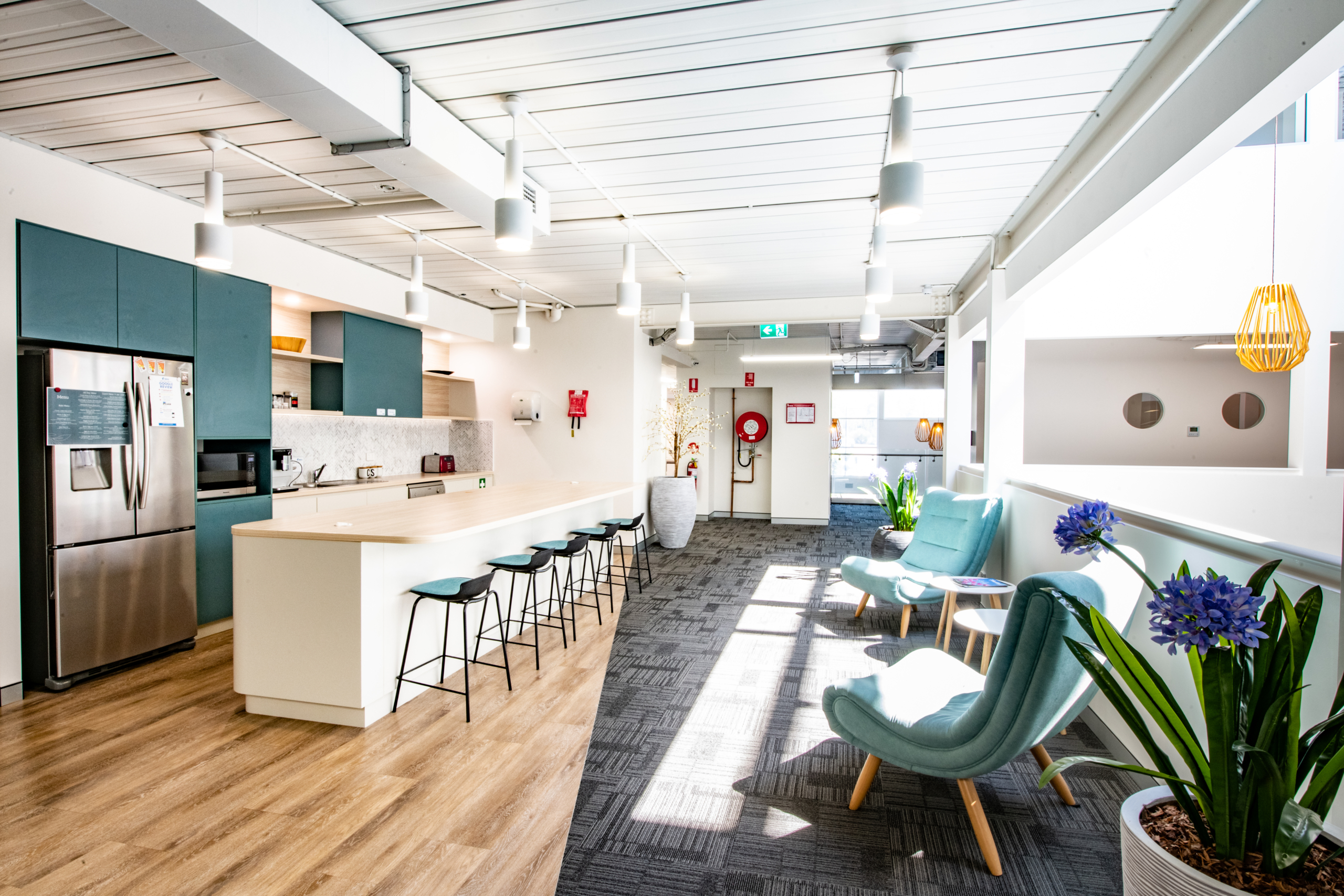
The space that you call your office can have a huge impact on the outputs of your business. For some people, working from the dining room table can work wonders. For others, a dedicated room in the home is sufficient. But for most, as the business grows, and employees or clients come on board, an external space is necessary.
Why move?
Many of today’s biggest success stories started as home businesses. Apple was founded in a garage in Silicon Valley. The first Harley Davidson was built in a shed in Wisconsin. Harold Matson and Elliot Handler build their first dollhouse in a garage in Southern California; today Mattel, Inc. is the highest grossing toy company globally.
While it’s true, you have to start somewhere, eventually, you’ll grow, and your dining table just isn’t going to be good enough.
Of course, there are other reasons to move to another working space.
Sometimes family members just don’t understand the meaning of a closed door, at times it’s impossible to ignore the washing piling up or the local coffee shop is constantly calling.
For some, it’s also a matter of separating work from home. Office clutter may be spilling out of the spare room and into the kitchen and at times it may seem impossible to switch off at the end of the day. If a baby’s cry or the sound of a dryer starts to impact your ability to take calls, it’s time to move.
Additionally, when staff are employed, it can seem strange for them to rock up to someone’s home, with limited space, rather than a dedicated office environment. This is the same for clients or customers. It can also seem unprofessional to have meetings around a dining table or on the living room couch.
Finally, for some work-from-homers, plateauing in the business is a sign that it’s time to move on up. When this happens, it can be hard to find motivation for new ideas and at times it may seem like the home office just isn’t reflecting the direction of the business anymore.
Ultimately, the two main reasons for moving out of your spare room and into a dedicated work space are growth and the need for a more professional work space.
What are the options?
Generally speaking, there are two main options – purchasing or leasing a commercial space, and finding a coworking space. And when deciding, it’s crucial to consider your needs and those of your business.
Things to think about include:
- Do you need space for inventory and boxes?
- Are you after somewhere quiet and tranquil to get the job done?
- How many desks do you need?
- What is most financially viable for you and your business?
- Do you need flexibility or can you commit long-term?
Finding and purchasing or leasing a commercial space can be a great thing if you’re going to use it every day and if it’s going to be worthwhile financially. Of course, even within this option there are various alternatives. You can find a traditional space, a serviced office, or a shared office. You can also choose a short-term lease or a long-term lease. Either way, when signing on the dotted line, you need to make sure the situation is going to work for you. Otherwise you may be stuck with a lease and an office that doesn’t suit you or your business.
Coworking spaces give the ultimate compromise
Coworking spaces are considered the ultimate compromise between working from home and working from a proper commercial premise. While the sound of your own personal office does have a nice ring to it, there are numerous benefits of a co-working space.
Get more information about how your business can grow at our local Central Coast technology hub.
A wonderful advantage is that it’s ready, immediately, for you to work. There’s no need to put in the fixtures, invest in the set-up, fit out the meeting rooms or kit out the kitchen. Everything is at your fingertips, and conference rooms and fast Internet, often considered a luxury for most small businesses, are included.
The cost, as well, is significantly lower than renting out a traditional commercial space. While it is still an expense, often coworking places have a scaled membership fee, meaning you can pay for the amount of time you’re going to need it for. Plus, you can hire out the number of desks you need according to how many staff are on your payroll, and these can be hot-desked. So if it’s you and two part-timers, there’s only need for two desk areas.
For many people who work from home, one disadvantage is loneliness. At times, it may seem like the only person you see is your roommate or your partner, and that’s in the morning when you wake up and the evening when they come home from work. A coworking space offers networking opportunities, you can talk to another human being (rather than just the dog or cat) and at some places, you can even bounce ideas off other people in the space so you can brainstorm effectively.
Scale and save
Scaling your business and moving out of your home office can come with growing pains, but there are many long term benefits that come with doing this action. You can eliminate stress and save money by opting to use a co-working space. It is the perfect compromise between a home office and a proper commercial lease. It helps to separate work from home, helping you to allocate time for each aspect of your life.





